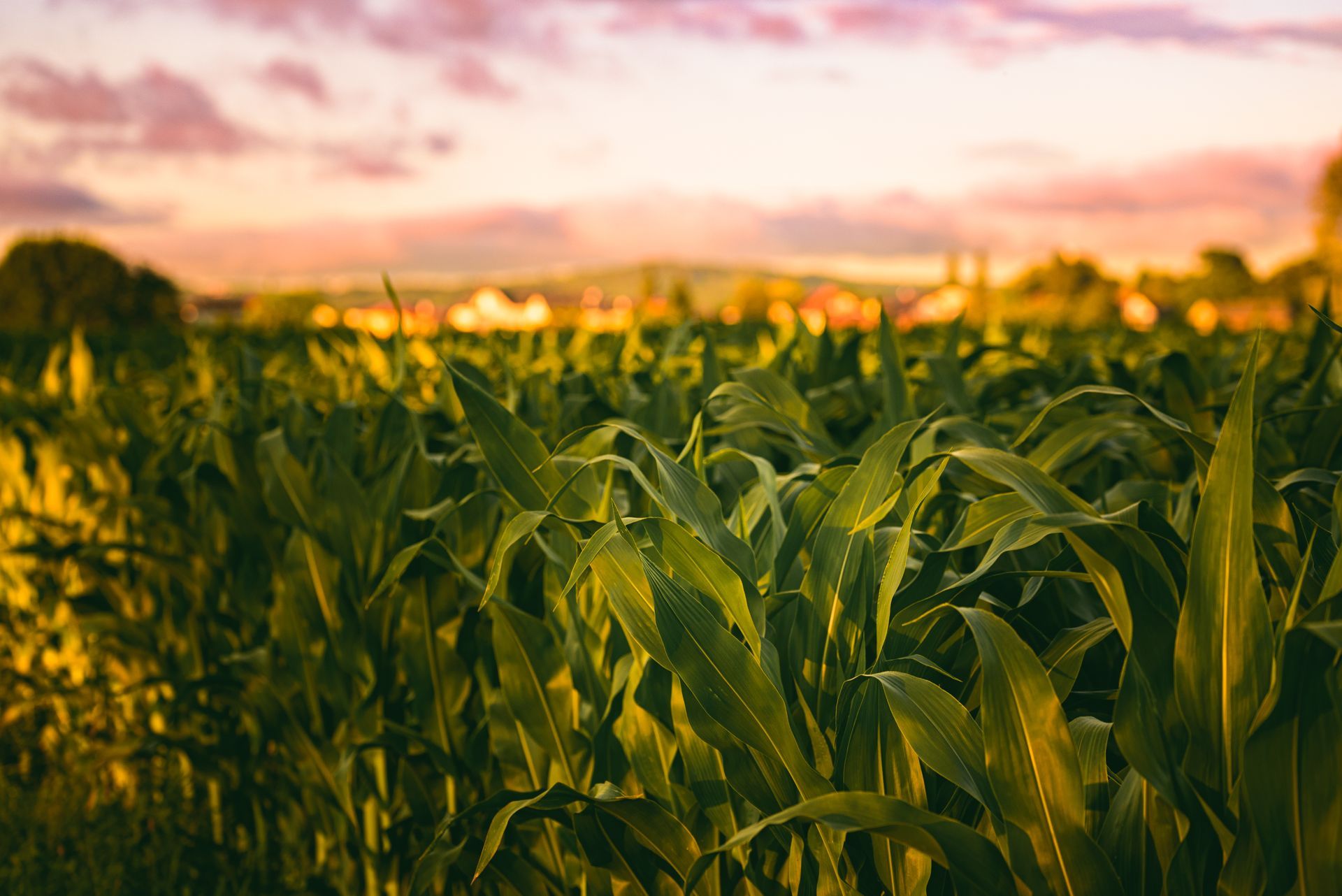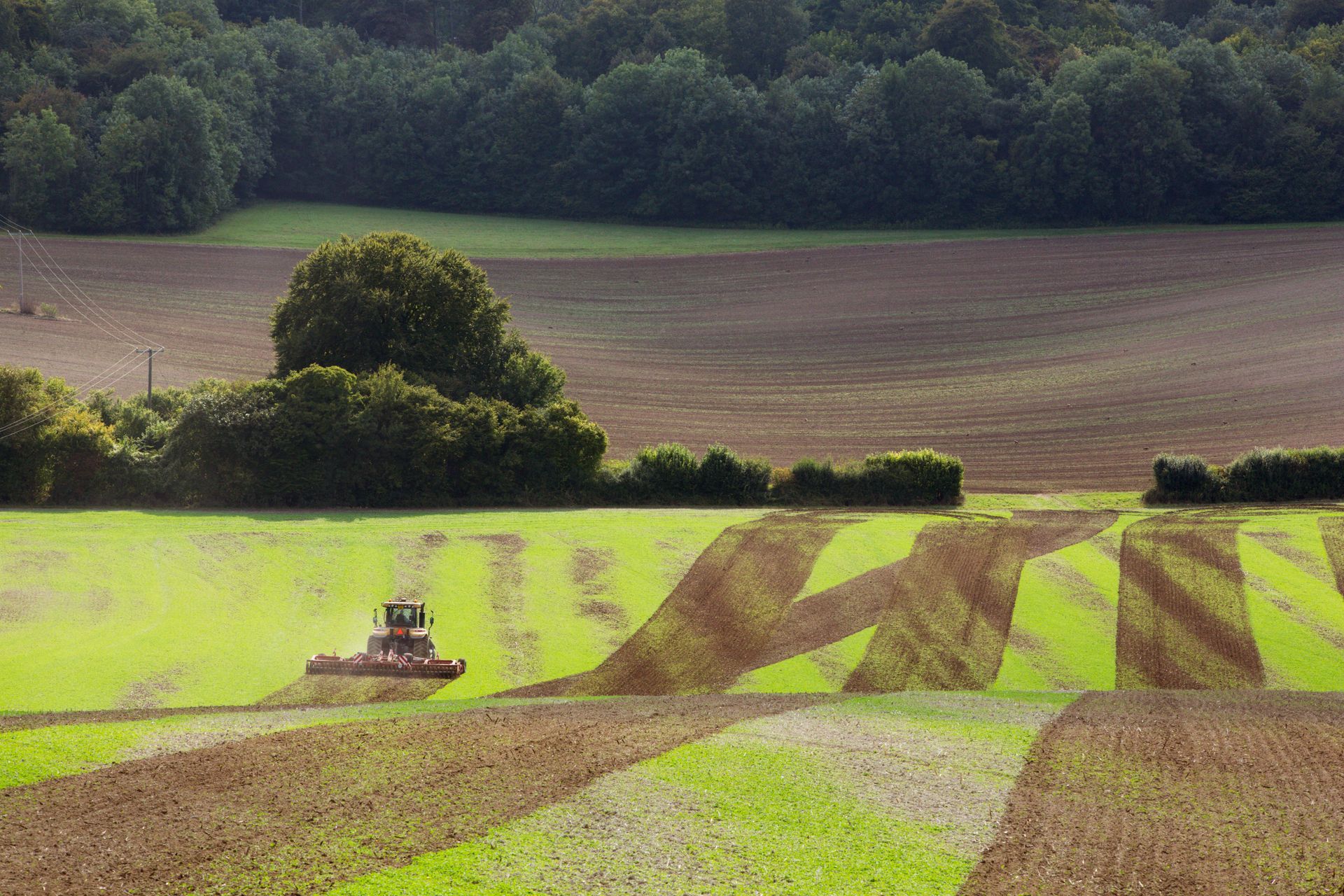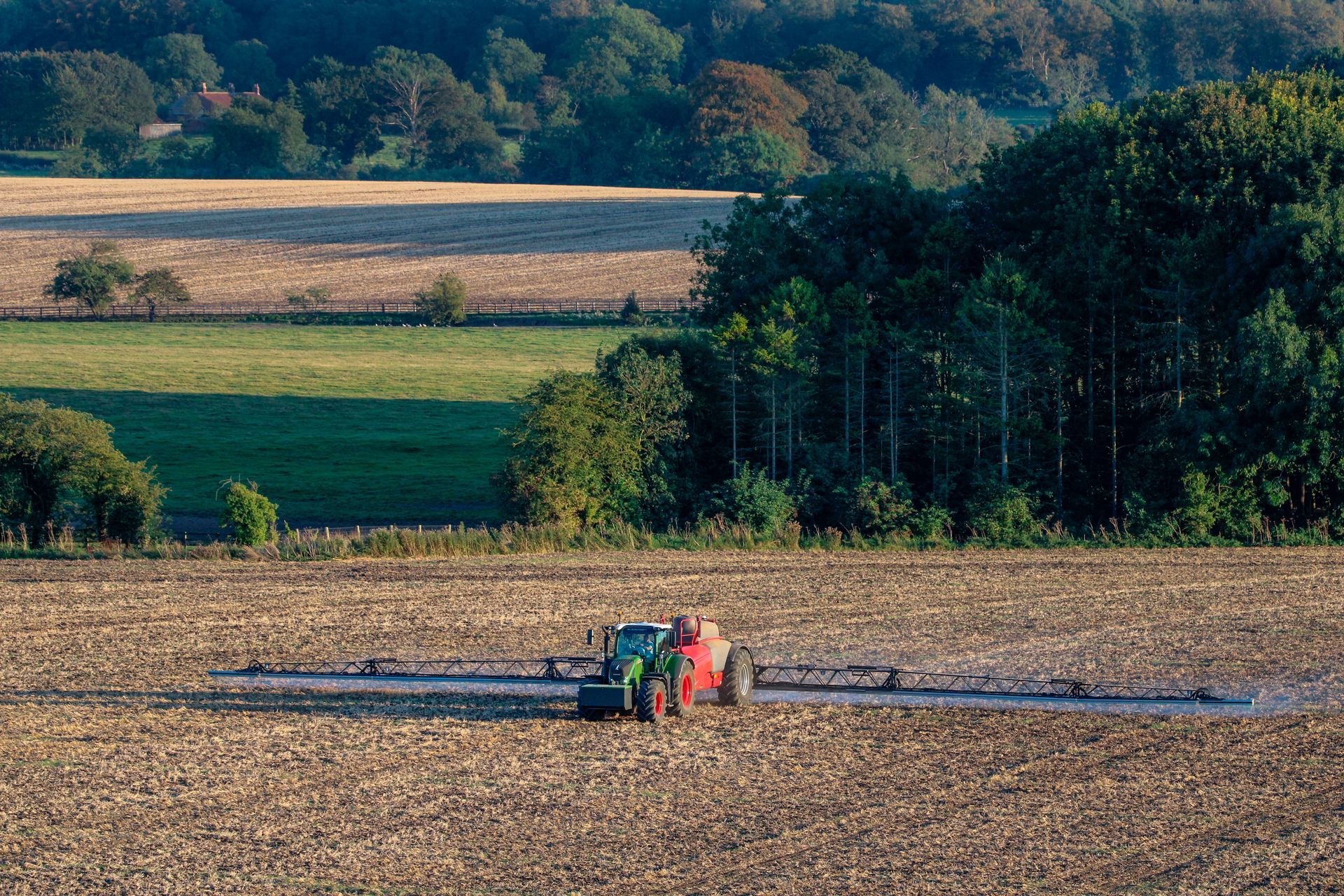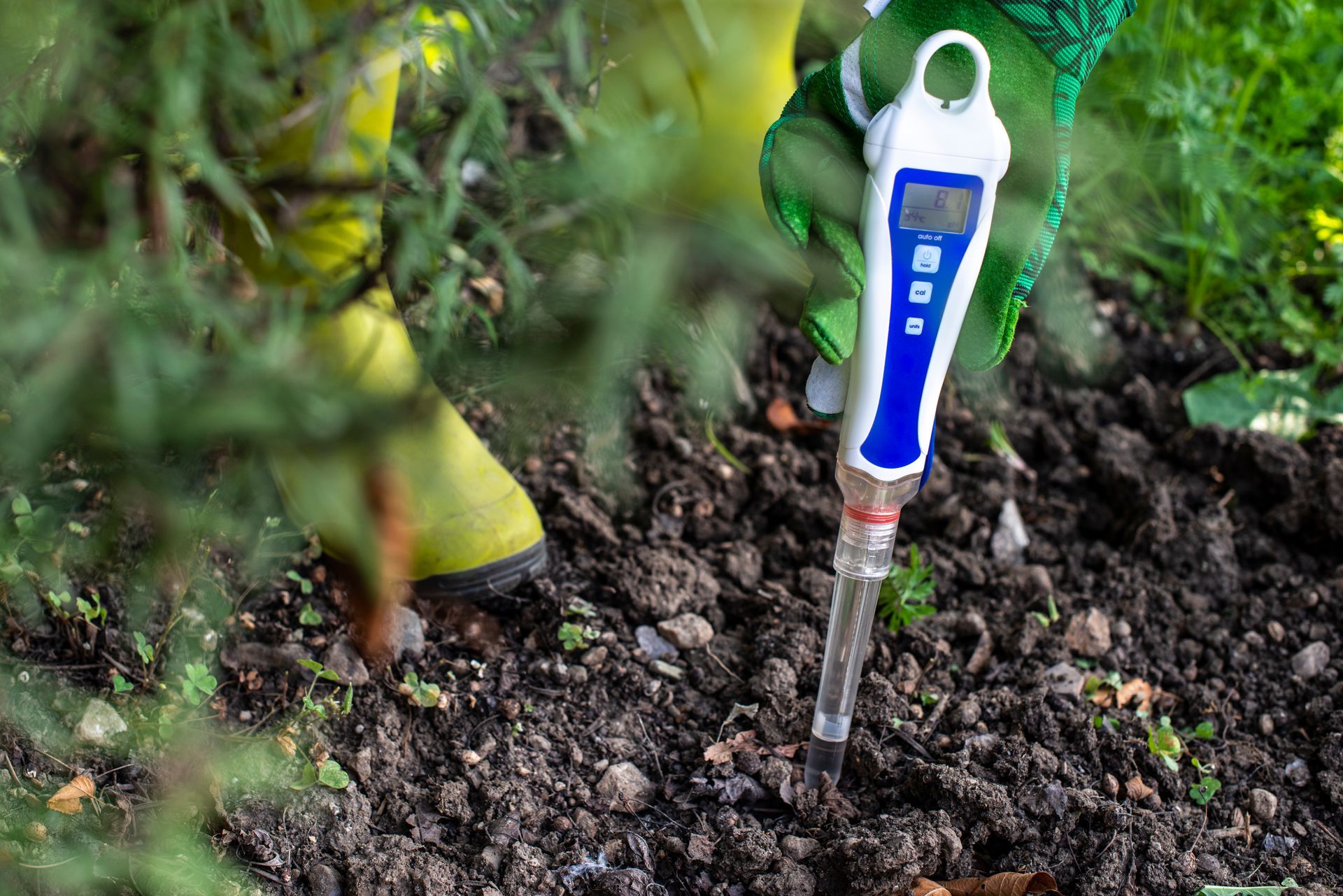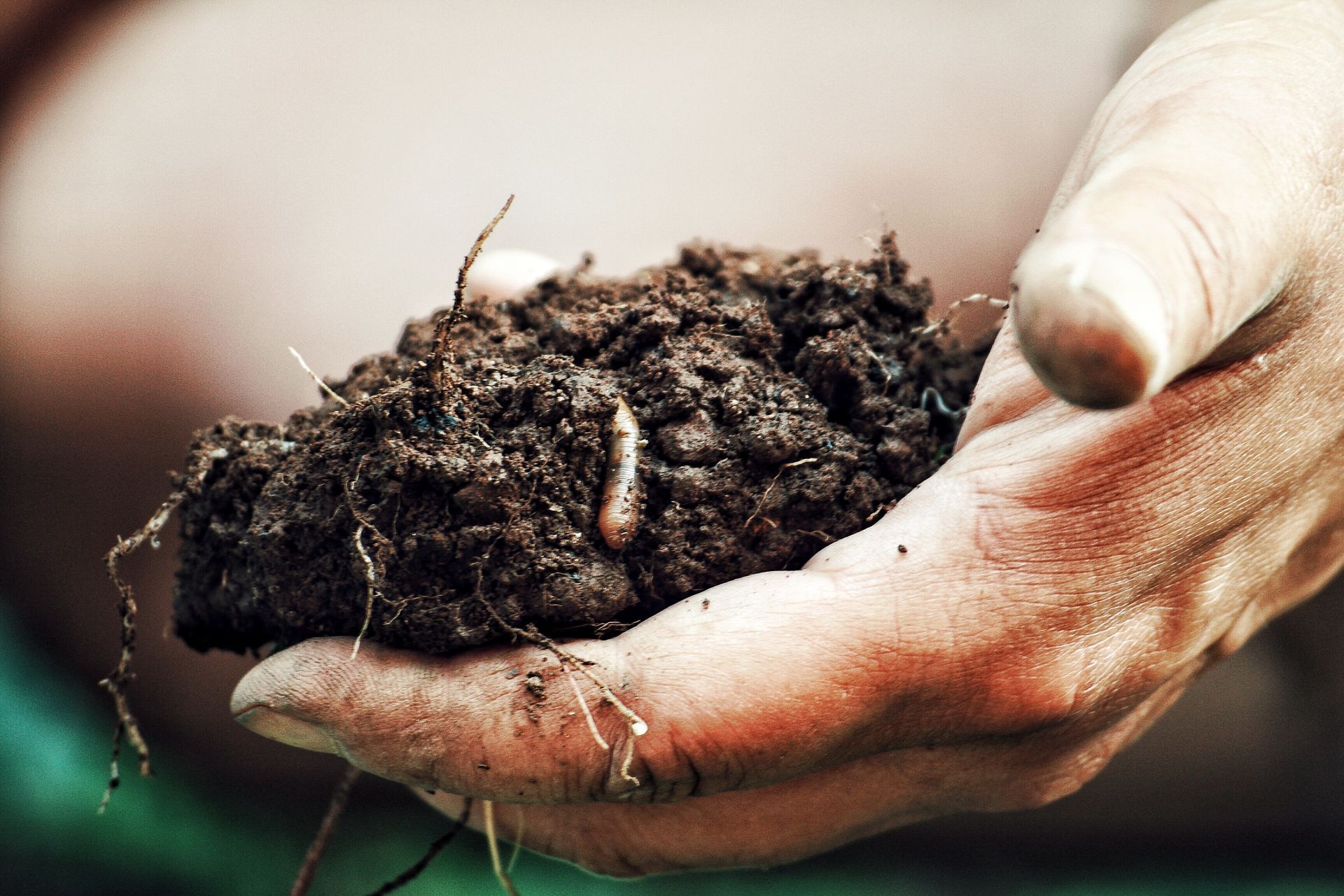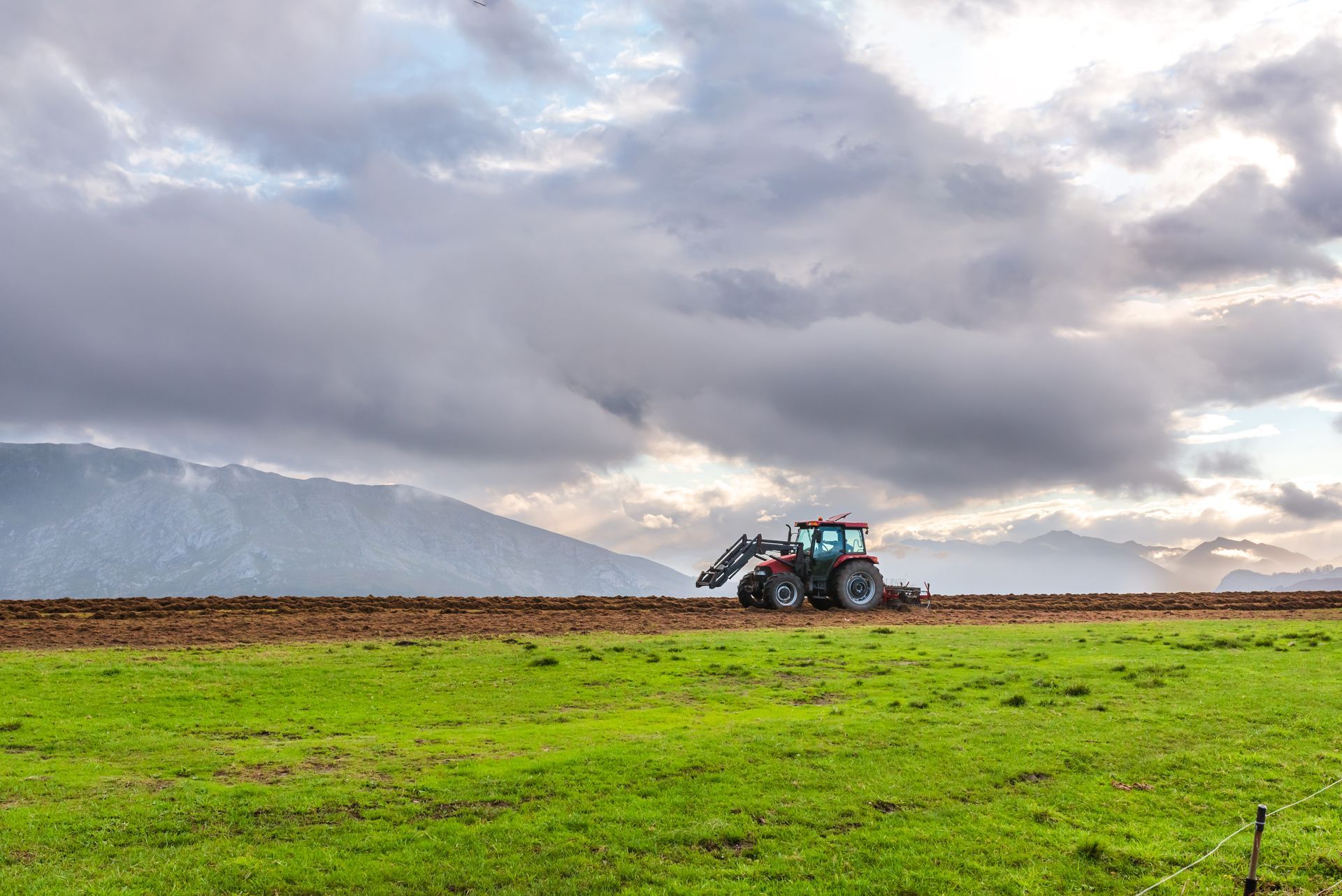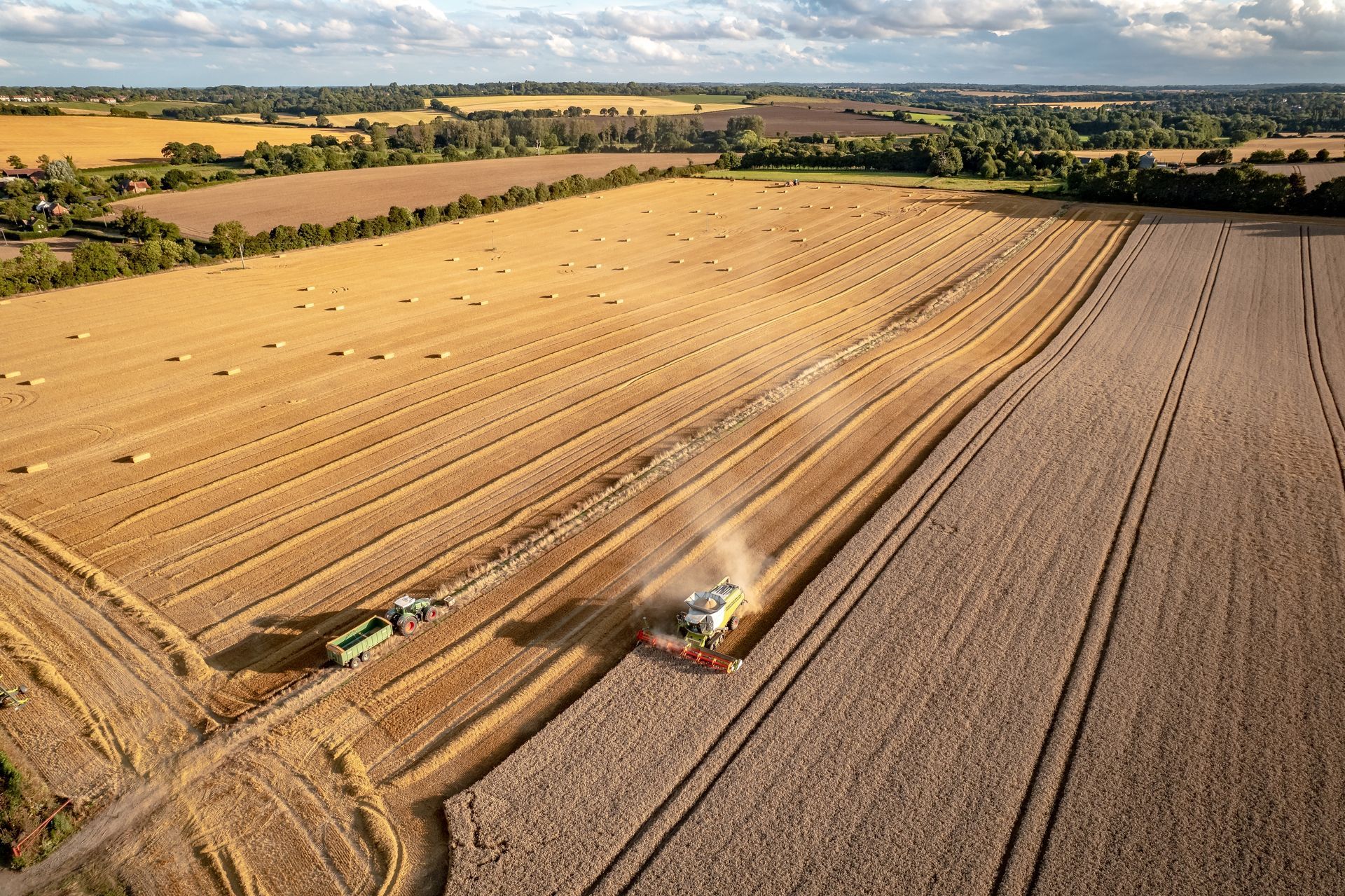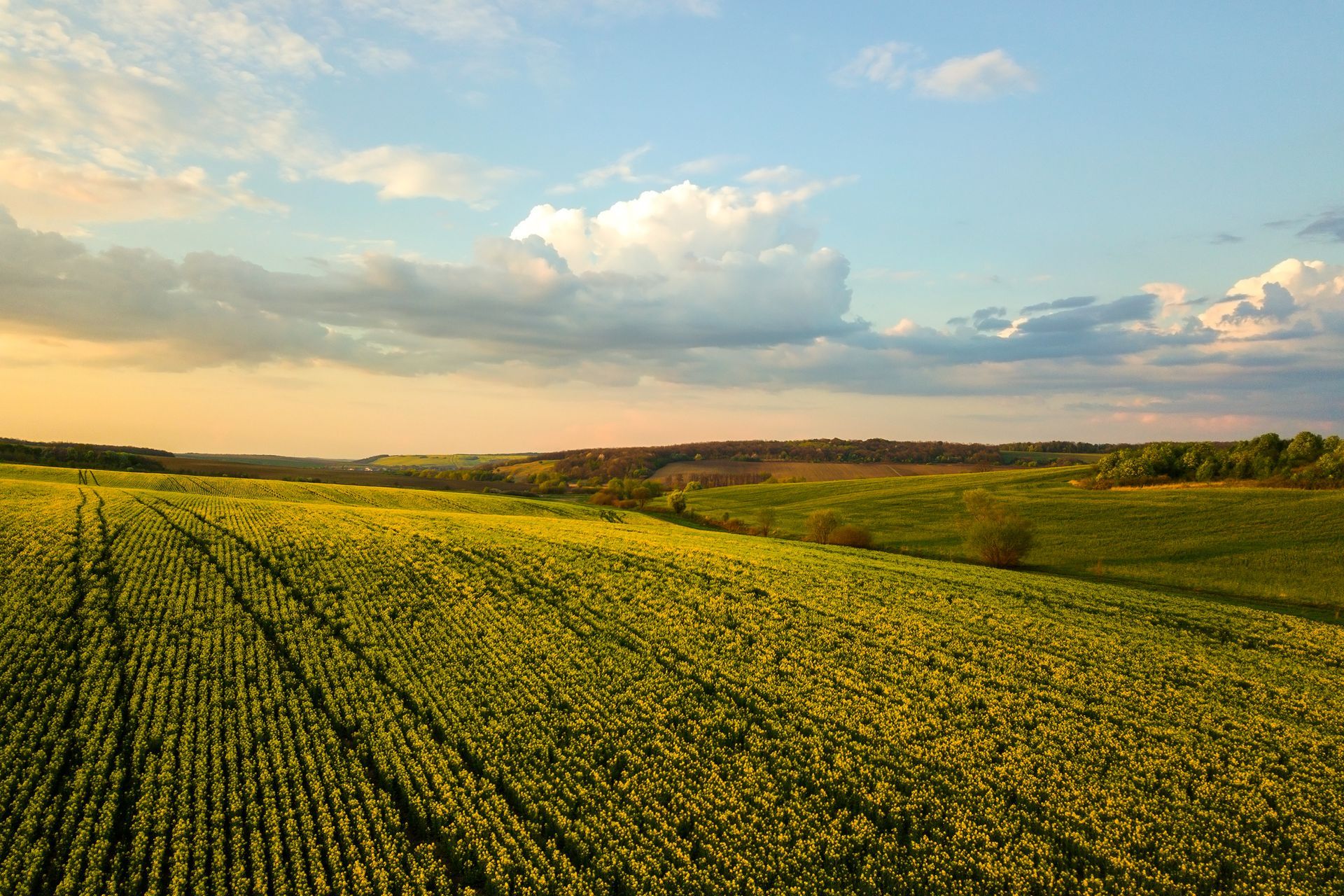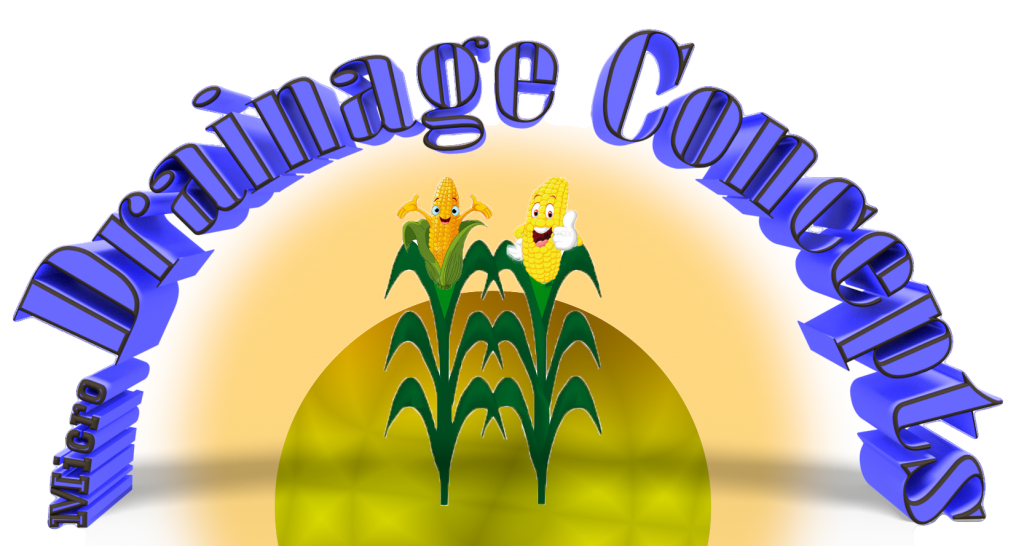When it comes to achieving high yields and healthy crops, few things are more important than effective drainage. Ensuring that crops have the right amount of water (not too much or too little) is key to creating healthy soil conditions that maximize crop production. While traditional drainage systems often fall short, micro-drainage can be a powerful alternative.
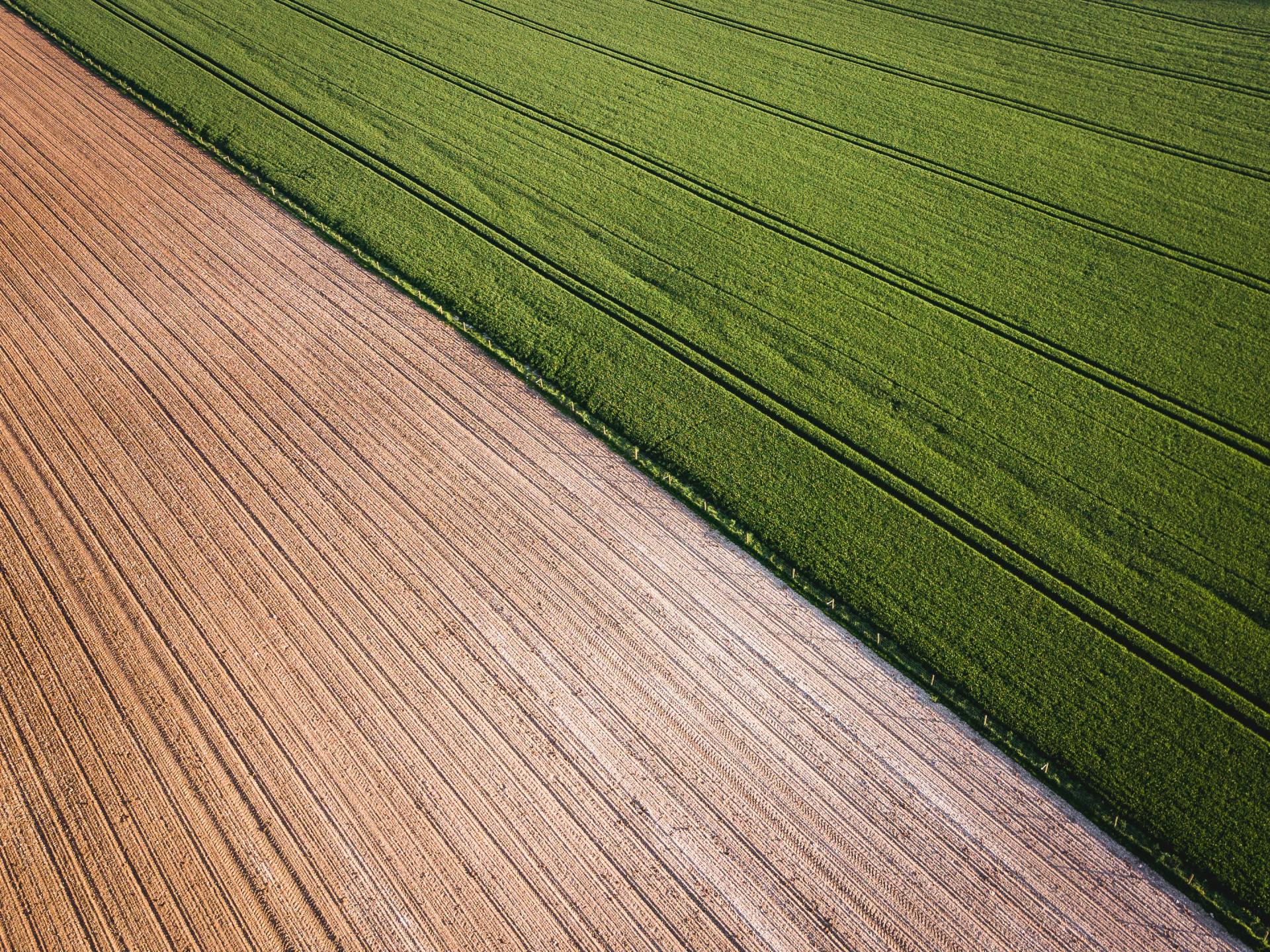
Challenges With Traditional Drainage Systems
Traditional drainage systems often rely on surface systems with large ditches. However, open ditches can be hard to maintain, while also occupying land that might have been used for planting. Open ditches can make it harder for machinery to navigate fields, and are prone to erosion and other issues. This can actually result in soil nutrients getting washed away during periods of heavy rainfall.
What Is Micro-Drainage?
Micro-drainage systems make use of shallow drainage with closer spacing to improve the soil’s infiltration and holding capacity. GPS-based grading ensures the proper flow of water, while sub-surface drainage pipes drain excess water in an efficient manner. By minimizing the need for tillage, micro-drainage results in less compaction, ensuring quicker drainage to field capacity, while also helping fields hold more reserve water in dry years.
How Micro-Drainage Benefits Farmers
Micro-drainage can benefit both no-till and conventional farms. By improving the infiltration and holding capacity of your soil, micro-drainage helps increase organic matter and microorganisms in the soil, leading to more balanced soil fertility. This in turn leads to better root development and helps crops maintain a thick root structure year-round. With less stress on the plants and an appropriate amount of water, they can achieve much better growth.
For both conventional and no-till farmers, micro-drainage can provide a highly effective solution for proper drainage that maximizes crop health. At Richland Micro Drainage, we’re ready to help you enhance crop production like never before.
Contact us today to learn more.
